How to Measure The Backfat on Sows
As a pig farmer, one of the most practical and essential health monitoring practices I’ve adopted on my farm is the measurement of backfat in sows. Understanding and managing backfat thickness helps optimize reproductive efficiency, improve farrowing outcomes, and maintain sow longevity. Overconditioning or underconditioning can lead to complications during farrowing, reduced milk production, and even poor rebreeding performance. In this article, I’ll share my hands-on experience measuring backfat on sows, the methods I use, and why this practice is indispensable to modern pig farming. Whether you’re new to swine husbandry or an experienced producer, accurate backfat measurement should be a key part of your herd management strategy.
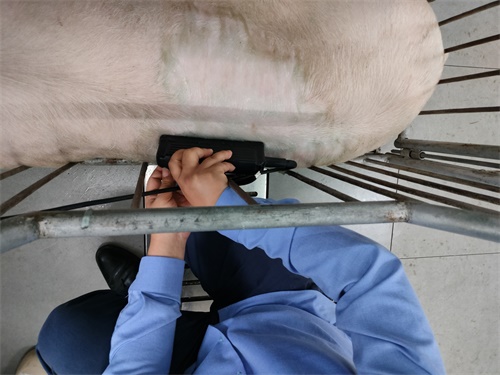
Why Measuring Backfat Matters in Sows
Backfat thickness in sows is directly related to reproductive success, maternal behavior, and lifetime productivity. Sows that are too thin may have difficulties during lactation, while those that are too fat often suffer from farrowing issues and reduced mobility. A well-balanced body condition contributes to:
-
Improved fertility and conception rates
-
Reduced farrowing complications
-
Better milk production during lactation
-
Improved sow longevity and performance over multiple parities
Measuring backfat allows us to make informed decisions about feed rations and adjust management practices accordingly. On our farm, this simple procedure has helped us minimize reproductive losses and improve litter performance.
Ideal Backfat Thickness in Sows
Veterinarians and swine nutritionists typically recommend a backfat thickness of 16–20 mm at farrowing. This range represents a well-conditioned sow—neither too lean nor excessively fat. Below 14 mm usually indicates a thin sow, while above 22 mm signals excess fat.
These reference values can differ slightly depending on breed, age, and management system. That’s why consistent and periodic monitoring is important—backfat should ideally be measured at weaning, mating, mid-gestation, and prior to farrowing.
Common Methods of Measuring Backfat
Several tools and techniques are available for backfat measurement. On my farm, we’ve tried a few different ones, but two stand out for reliability and ease of use:
1. Ultrasound Backfat Scanning
This is the most accurate and widely used method in commercial pig production. A portable veterinary ultrasound device is used to measure the thickness of subcutaneous fat layers. Here’s how it works:
-
Location: The probe is placed approximately 6.5 cm (2.5 inches) off the midline of the spine at the last rib.
-
Preparation: The area is cleaned and ultrasound gel is applied to ensure good contact.
-
Measurement: The transducer is positioned perpendicular to the back and the depth of fat is displayed in millimeters.
Ultrasound allows real-time visualization and measurement, minimizing operator error. It is non-invasive, quick, and safe for the animal. Some models are even designed specifically for swine and come with preset measurement settings.
2. Manual Backfat Calipers (P-2 Method)
In systems without access to ultrasound, manual calipers can be used, although less accurate. This method estimates backfat using a spring-loaded device pressed against the sow’s back at the P-2 position (6.5 cm from the midline at the last rib).

While calipers are inexpensive and portable, they are subject to operator variation and can’t distinguish between fat and muscle as clearly as ultrasound.
Steps for Measuring Backfat Using Ultrasound
Here’s the exact routine I follow during backfat assessments:
-
Restrain the sow gently: We use a farrowing crate or feeding station.
-
Locate the last rib: Count backward from the ribs to find the correct position.
-
Clean the area: Remove dirt and hair to ensure a clean scan.
-
Apply transmission gel: This helps conduct the ultrasound waves.
-
Place the transducer: Position it at a 90° angle, 6.5 cm off the spine.
-
Take the reading: Once the image is clear, the device provides a millimeter measurement of the fat thickness.
Most devices save the measurement data, which we track and compare over time to monitor sow condition and make dietary adjustments if needed.
Interpreting the Results
Knowing the backfat reading is just the beginning. Here’s what I’ve learned from working with vets and swine nutritionists:
-
<14 mm: Under-conditioned. The sow needs increased energy intake.
-
16–20 mm: Optimal condition. Maintain current feeding regimen.
-
>22 mm: Over-conditioned. Adjust feed to prevent farrowing and locomotion issues.
Feeding programs should be tailored based on these results. For example, first-parity gilts often require more nutritional support to reach target backfat before their first farrowing.
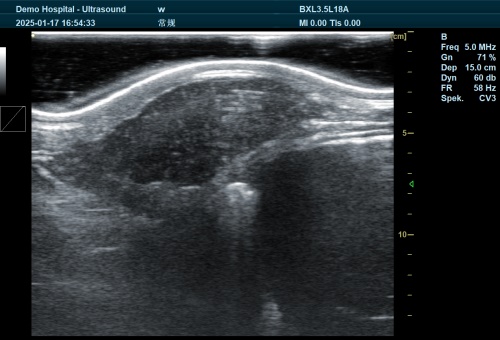
When to Measure Backfat
We conduct backfat checks at four key stages:
-
At Weaning: To assess body reserves post-lactation.
-
At Mating: Ensures the sow is in optimal condition for breeding.
-
Mid-Gestation (Day 60–70): Adjustments can be made before it’s too late.
-
Pre-Farrowing (Day 105–110): Final condition check before farrowing.
This schedule has helped us maintain consistent sow performance across parities.
Challenges and Practical Tips
While measuring backfat is relatively straightforward, here are a few challenges and tips I’ve picked up:
-
Consistency is key: Always measure at the same anatomical location.
-
Operator training: Even with ultrasound, knowing how to hold the probe matters.
-
Keep equipment clean: Dirt or dried gel can affect readings.
-
Don’t forget gilts: They’re easy to overlook but equally important to measure.
Also, never rely on visual observation alone. I used to estimate sow condition by eye, but I often misjudged fat depth. Backfat scanning provided the clarity I needed to fine-tune feeding and breeding decisions.

Conclusion
As a farmer, the most valuable lesson I’ve learned is that data-driven decision-making improves herd performance. Measuring backfat in sows is a simple but powerful tool that guides nutrition, enhances reproductive outcomes, and boosts sow longevity. By investing a little time into regular backfat monitoring, you can prevent costly mistakes and build a more efficient, productive herd. Whether you use ultrasound or calipers, consistency and commitment to the process will pay off in healthier sows and better piglet performance.

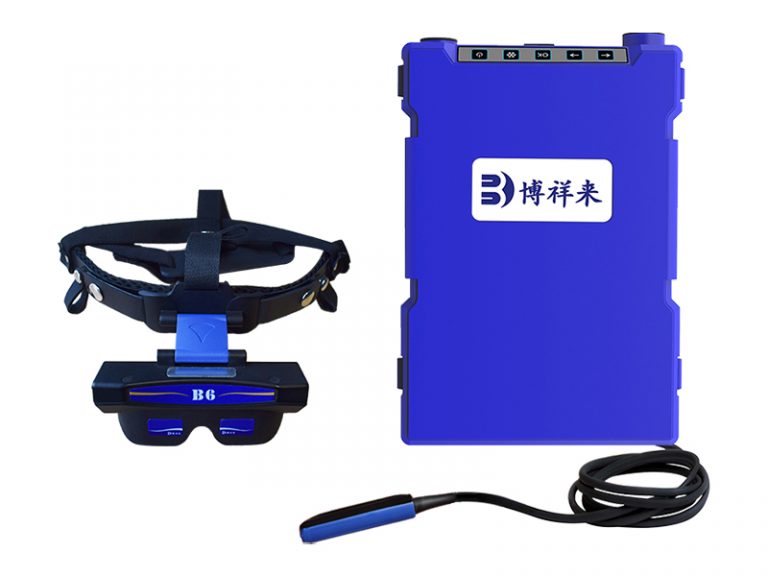
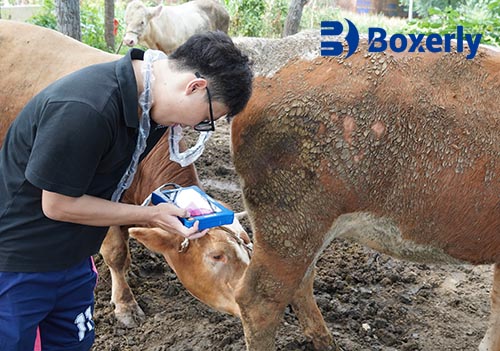
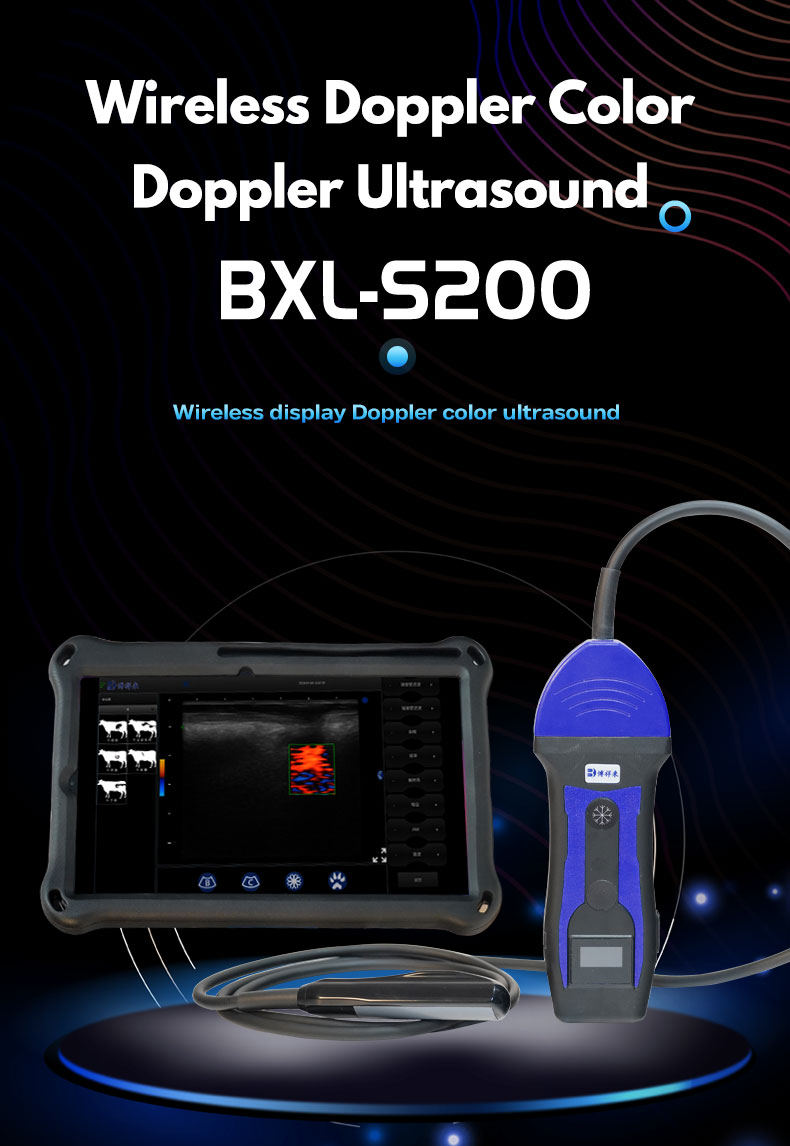


Helpful and clear. Used the method yesterday—works fast and gives a good estimate. Appreciate the step-by-step format. Bookmarking this one.